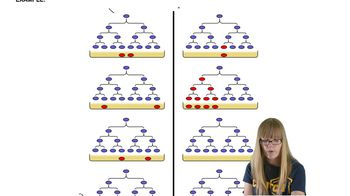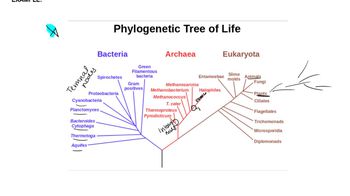Here are the essential concepts you must grasp in order to answer the question correctly.
Culture Techniques
Culture techniques involve methods used to grow microorganisms in controlled environments. These techniques are essential for studying the physiology, genetics, and biochemistry of organisms. If a strain cannot be cultured, researchers must rely on alternative methods to study its characteristics, which can limit the understanding of its biology.
Recommended video:
Metagenomics
Metagenomics is the study of genetic material recovered directly from environmental samples. This approach allows scientists to analyze the genomes of organisms that cannot be cultured in the lab, providing insights into their diversity, function, and ecological roles. It is particularly useful for studying extremophiles like archaea from hot springs.
Phylogenetic Analysis
Phylogenetic analysis involves examining the evolutionary relationships between organisms based on genetic data. By comparing the DNA sequences of the new archaeal species with those of known organisms, researchers can infer its evolutionary history and ecological niche, even without culturing the organism.
Recommended video:
 Sanders 3rd Edition
Sanders 3rd Edition Ch. 16 - Genomics: Genetics from a Whole-Genome Perspective
Ch. 16 - Genomics: Genetics from a Whole-Genome Perspective Problem 1
Problem 1 Verified step by step guidance
Verified step by step guidance

